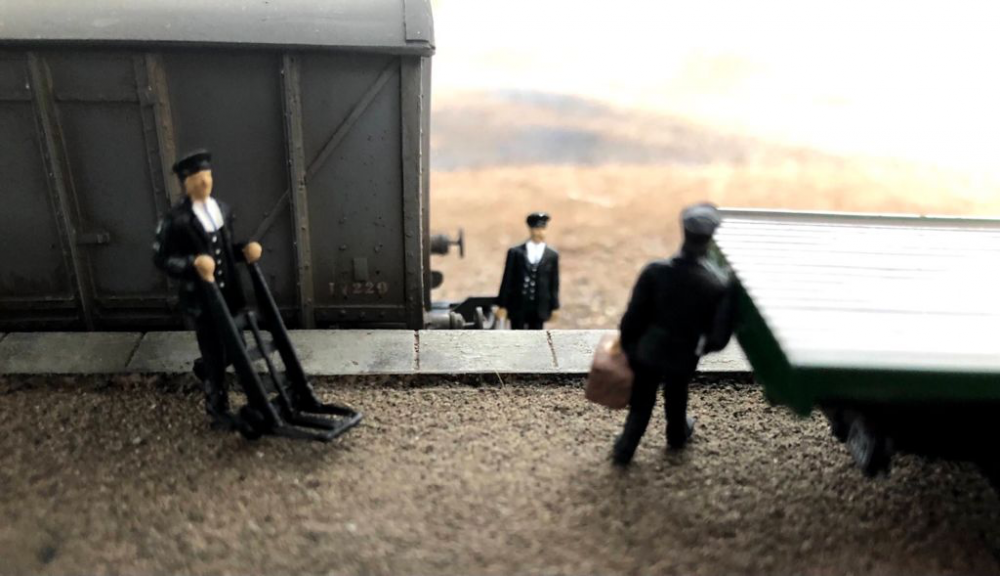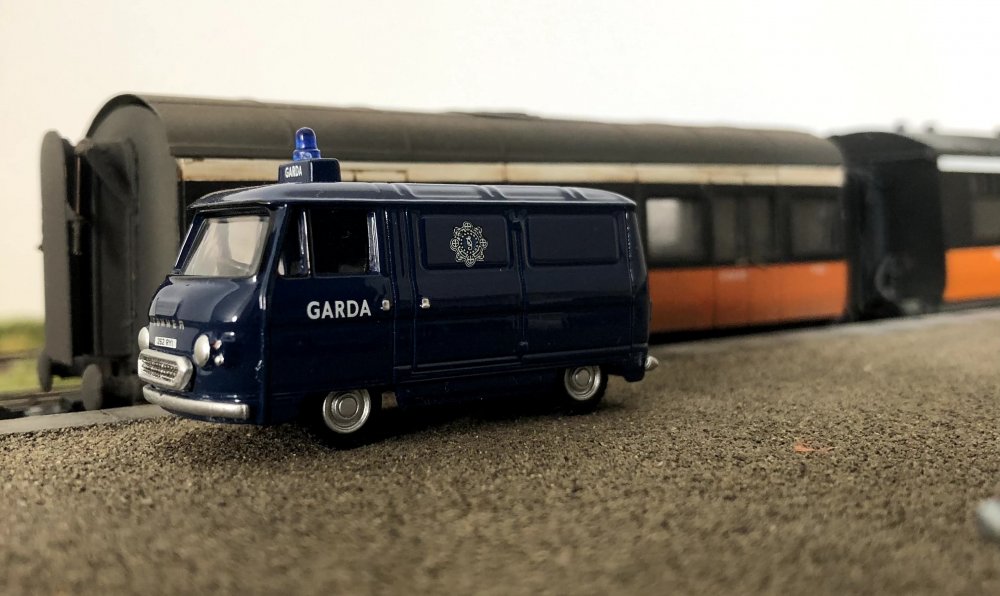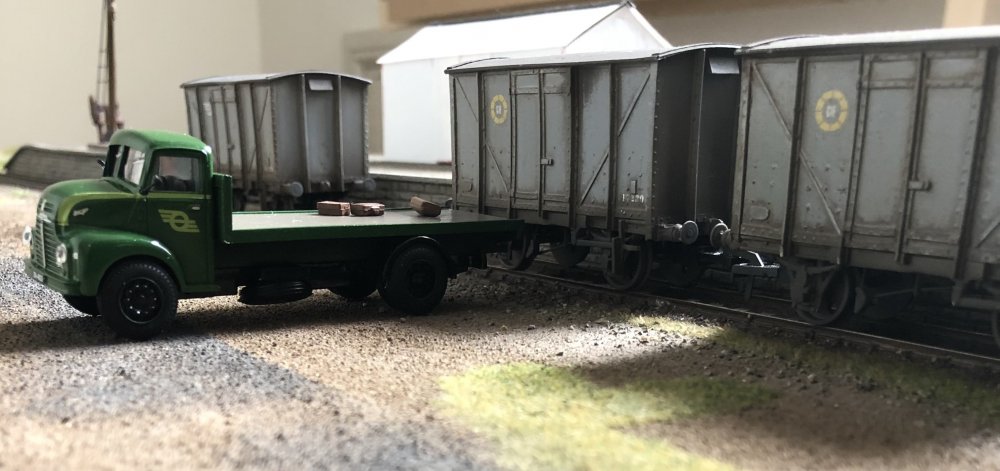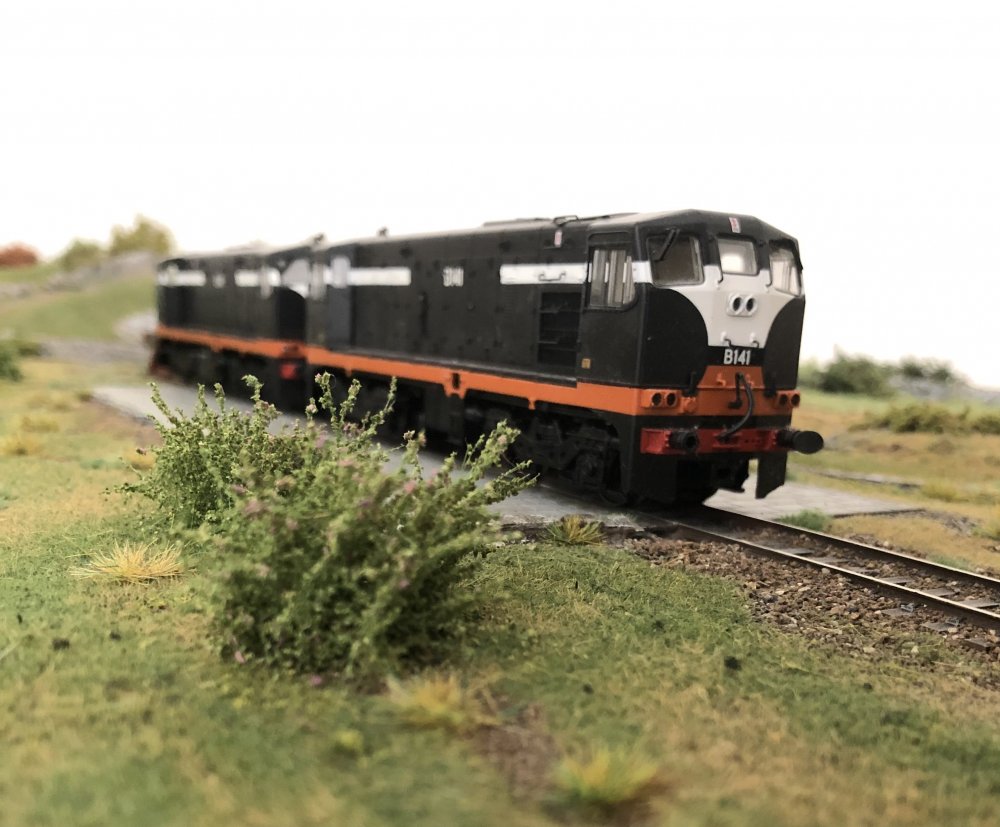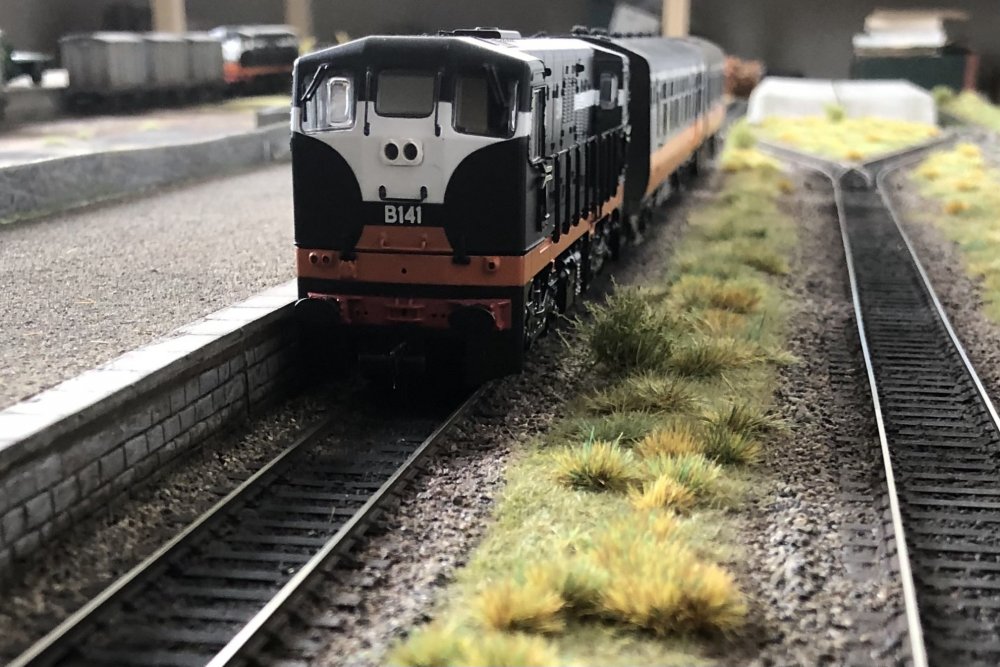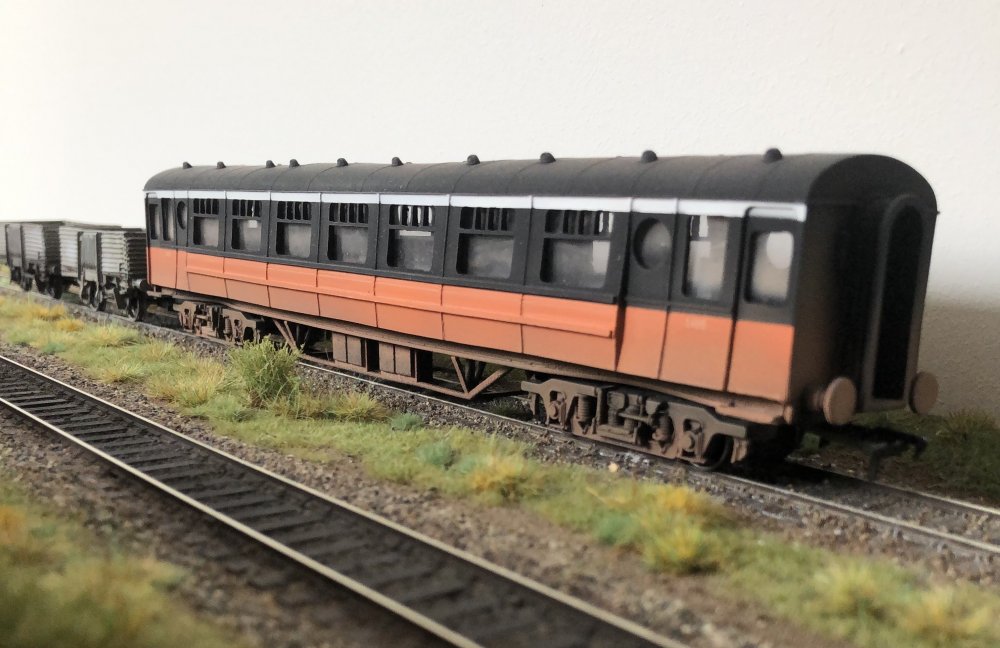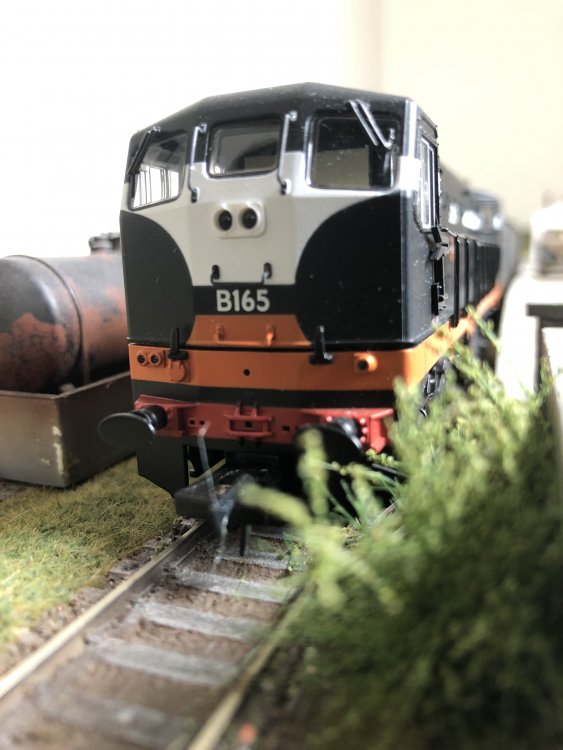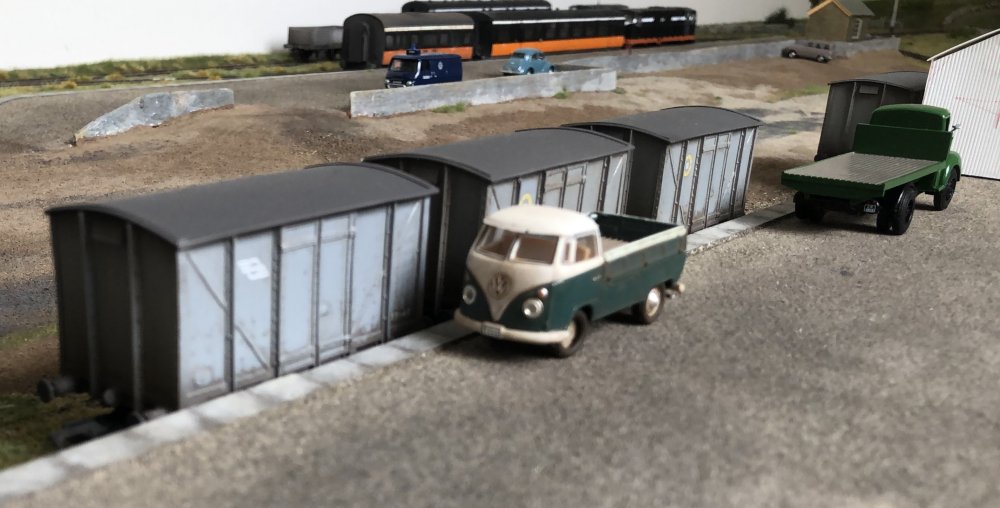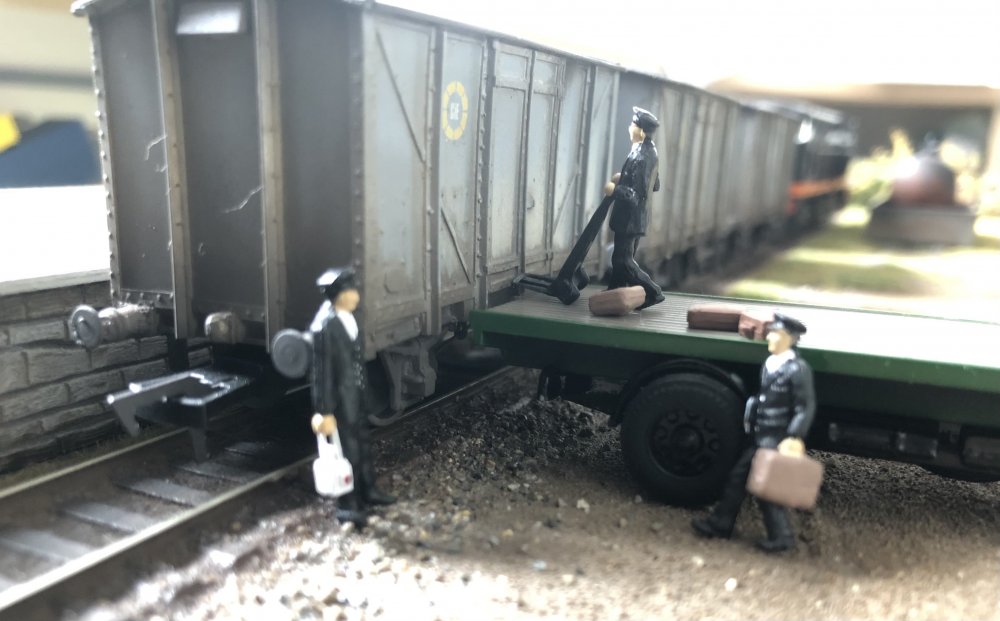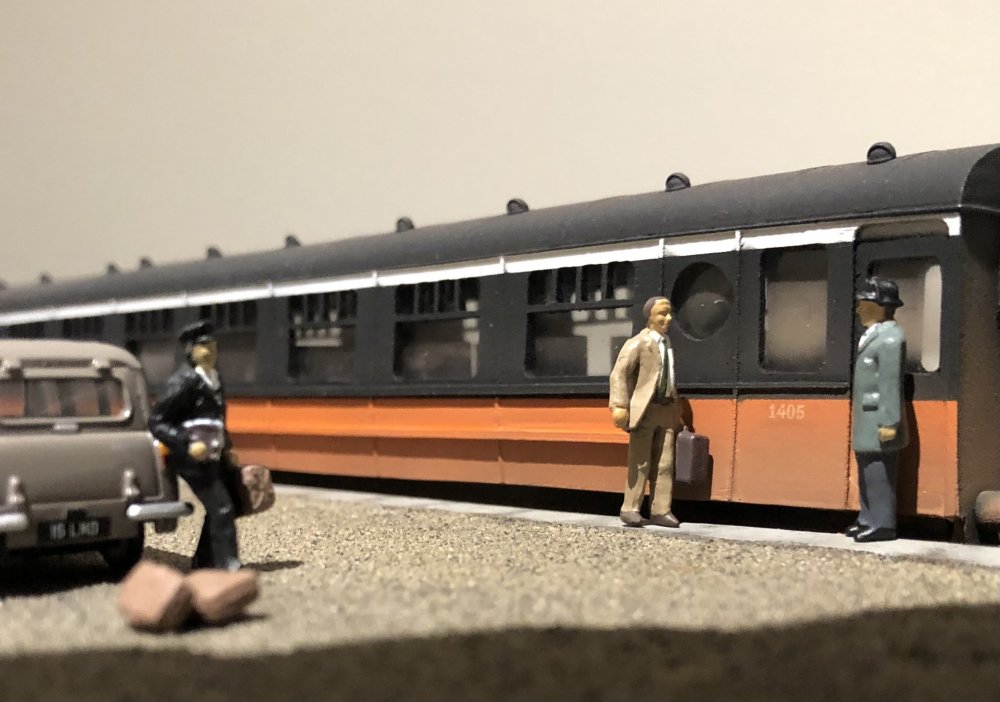-
Posts
15,935 -
Joined
-
Last visited
-
Days Won
394
Content Type
Profiles
Forums
Events
Gallery
Blogs
Community Map
Everything posted by jhb171achill
-
80 class released along with a “C” in the accessories pack?
-
Lovely little scene.
-
GSWR/GSR/CIE Six-Wheeled Coaches - ECMbuild in Gauge OO
jhb171achill replied to murrayec's topic in ECM Model Trains
Yet again, Eoin, you've absolutely excelled yourself! Absolute masterclass, superb stuff! -
“What are the guards doing, meeting the train?” ”New crate of paper clips delivered, probably…” ”Maybe they’ll arrest yer man and send him to Dublin on the 11:40…..”
-
-
Didn't know that - I will inform my learned source as well! Thanks for the info. Ditto! Thanks, folks!
-
“What’s wrong with you all of a sudden?” ”Yer man has me back on nights on the goods.” ”Sure ye were complaining ye hadn’t enough money last week…” ”Yeah, but it means 4 a.m. at Limerick Junction. Have you ever been at Limerick Junction at 4 a.m.?”
-
Ken, you've done a truly amazing job on what is clearly - as you show so well - a truly awful initial product - certainly not worth the €100 that Shapeways want for it. I had considered getting some of their MGWR six-wheel coach bodies at one time, but was firmly warned off by someone else who had bought some other carriage body from them. In this day and age very bad value indeed, and your experience tends to amplify what others have said. That said, your have done a (typically!) amazing job in making a silk purse out of a sow's behind quarters! May I ask, is your model "0" gauge? If it is, it shows that to expect a decent result in any smaller scale would be folly indeed, even for those of exceptional skill!
-
I checked with my sources for any further details of NIR Mk 2s and their travels beyond Dublin. Seems there weren't any, beyond extremely rare forays to Dún Laoghaire, so that's that; when NIR wanted to send a train deep into IE / CIE territory, it seems that they always used 80 class sets. So no rare visits of Mk 2s to Tuam, Mullingar, Limerick Junction, Kerry or Waterford!
-
“I had a first class return from Dublin - which is the first class part?” ”No first class on this line the past ten years - only from the junction….”
-
Arup to undertake all-Ireland rail review
jhb171achill replied to spudfan's topic in What's happening on the network?
As often before, my own contacts from within those areas of governance and railway management whose thoughts would be the final arbiter on anything that happens in the future, suggest that nothing in the following has changed: 1. The Green Party taking a leading role ion anything but Dublin bus lanes and cycleways; no interest in railways. 2. At best apathy, at worst hostility; but in both cases and rather worryingly, a total lack of knowledge about railways, amongst NTA persons. 3. No more chance of Fine Gael ever promoting rail transport than there is of Arlene Foster joining Sinn Fein, Donald Trump uttering an articulate sentence of truth, or Boris Johnston becoming a communist. Little better chance with Fianna Fail. The above is especially the case when it comes to rail freight. So, like before, more taxpayers' money to consultants to produce a weighty volume made of half of a rain forest, which will languish on my own shelf along with all the others, to be sold on ebay in 2035 for €1.16 plus €45 postage. -
In terms of where these coaches went to, I am still delving, but a learned and long-standing friend contacted me today having seen these posts, and advises me of certain interesting movements they had. On 10th February 1994, the RPSI's No. 4 hauled one of the Mk 2 vans from York Road, via Antrim and Lisburn, to Belfast Central Services Depot, at the former BCDR Queen's Quay station. he also suggests that a set of Mk 2s also reached Larne Harbour on an MRSI excursion in 1997. So there's a bit more information; at least one of them was hauled, on at least one occasion, by a proper steam engine instead of an infernal combustion machine.....!
-
Yes, I think it’s the printers not being the best, from a number of comments I’ve seen on a number of sites.
-
That’s when NIR’s track was beginning to resemble what my father encountered on the Lough Swilly in the upper shot!
-
2b or not 2b, that’s the question.
-
I'm only noticing this thread now, and the original queries on it. As suggested in the many answers, the yellow panel came with the darker blue, with the red / orange before that on the light blue. This was never actual RED, as such. What it was in reality, was a "day-glo orange", which like its equivalent on the fronts of many (but not all) IE locos, often looks red in photos when clean and new, but which faded to a more orangey colour in a relatively short space of time. Thus, there was not a distinct "red" and "orange" - as in separate colours at different times; it was the reddish-hued dayglo orange fading, and doing so a great deal quicker than its adjacent blue paintwork did. Yellow was probably used to replace it as it was at least as visible, but a great deal more practical and longer lasting. It had already served the Hunslets well enough in maroon days, and the UTA railcar fronts before that.
-
Apparently they’re a bit rough. Very crude prints with poor detail, much of which ends up inevitably being rubbed off when cleaning up.
-
-
Back poking about in the old photos. Dunno if I posted this before, but here we go, for our Donegal modellers:
-
When NIR’s two 201s started running, the Mk 2s weren’t yet replaced by the DDs.
-
Excellent memories - any photos?
-
I think that IRM are by now past masters at envelope pushing (though not in the same way that Bertie Ahern was...). The "A"s will, no doubt, be a further example!
-
Ah, that's me Midland six-wheelers then.........
-
Interesting that the three 111s STILL carry an NIR logo, rather than a Translink one; the NIR markings were officially superseded in 1996, or 25 years ago! Wonder what one of those yokes would look like with a Translink "egg" logo! Even "flying snails" didn't last beyond fifteen years after they were replaced.....
.png.c363cdf5c3fb7955cd92a55eb6dbbae0.png)





